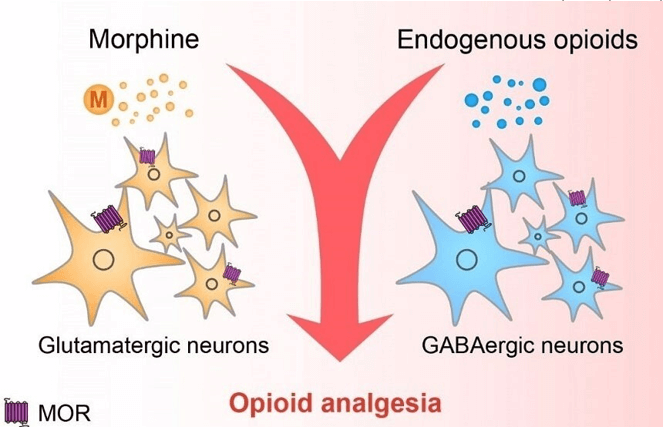Prior to an invasive examination of a hospitalized client, a consent form should be obtained. Which action best describes the responsibility of the practical nurse (PN)?
Explains the examination and asks the client to sign the consent form.
Obtains the medical record for the correct signed consent form prior to the examination.
Asks if the client understands the exam and why the consent form must be signed.
Witnesses the client's signature on the consent form after it is explained by the provider.
The Correct Answer is D
This is the best action that describes the responsibility of the PN because it ensures that the client has given informed consent for the invasive examination and that the consent form is valid and documented. The PN should verify that the provider has explained the examination, its risks and benefits, and alternative options to the client and that the client has agreed to proceed.
A. Explaining the examination and asking the client to sign the consent form is not the responsibility of the PN but of the provider who will perform the examination.
B. Obtaining the medical record for the correct signed consent form prior to the examination is not enough to ensure informed consent and may not involve any interaction with the client.
C. Asking if the client understands the exam and why the consent form must be signed is not enough to ensure informed consent and may not address any questions or concerns that the client may have.
Nursing Test Bank
Naxlex Comprehensive Predictor Exams
Related Questions
Correct Answer is D
Explanation
Observe the UAP's technique and communication skills during the bath.
The PN should directly observe the UAP's performance and provide feedback and guidance as needed. This can help ensure that the UAP follows the standards of care and respects the client's dignity and preferences.
The other options are not correct because:
- Asking another UAP to help the orientee may not be appropriate or necessary, as it may interfere with the orientation process and create confusion or conflict.
- Verifying with the client that the bath was complete and thorough may not be sufficient or reliable, as the client may not be able to assess the quality of care or may not want to complain.
- Inspecting the client's skin near the end of the bathing procedure may not be timely or comprehensive, as it may miss some aspects of care or some problems that occurred during the bath.
Correct Answer is B
Explanation
This is the best action for the PN to use in assisting this client to deal with his pain because it provides a non- pharmacological method of pain relief that can enhance the effect of the opioid analgesic. Slow, rhythmic breathing can help the client relax, distract from the pain, and increase oxygenation and blood flow.

Whether you are a student looking to ace your exams or a practicing nurse seeking to enhance your expertise , our nursing education contents will empower you with the confidence and competence to make a difference in the lives of patients and become a respected leader in the healthcare field.
Visit Naxlex, invest in your future and unlock endless possibilities with our unparalleled nursing education contents today
Report Wrong Answer on the Current Question
Do you disagree with the answer? If yes, what is your expected answer? Explain.
Kindly be descriptive with the issue you are facing.
